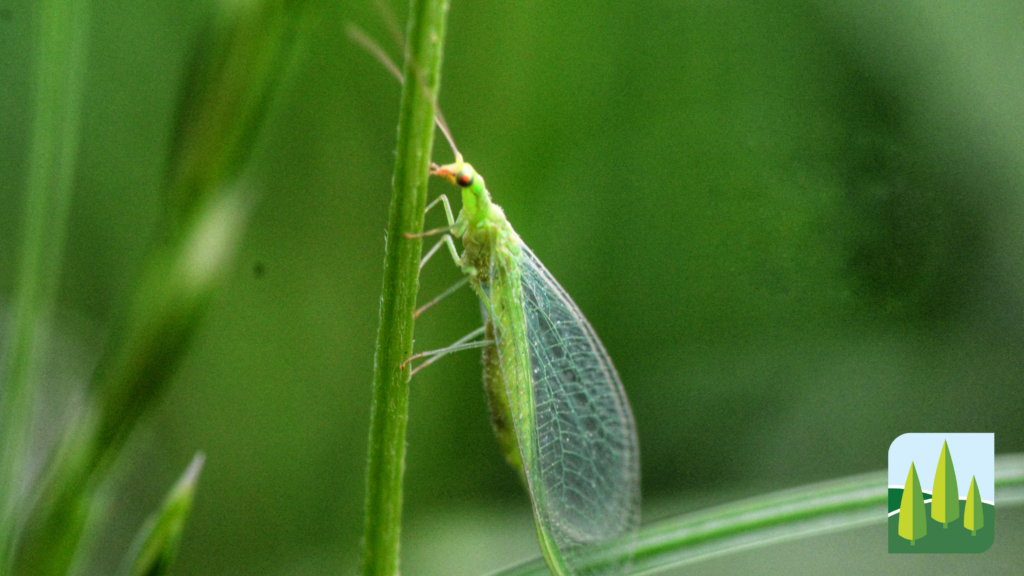
Eleven employees at Johnsons reached 290 years of combined service in 2023, with extended services ranging from 10 years to 45 years.
Congratulations and thanks to the employees below for their hard work, commitment, and loyalty to Johnsons during their time with us.
45 years – Steve Strachan, Unit Manager (Container)
40 years – Paul Lamb, Assistant Retail Sales Manager
40 years – Graham Richardson, Group Managing Director
35 years – Lee Cooper, Unit Manager (Amenity Operations)
25 years – Paul Bartram, Senior Nursery Worker
25 years – Steve Morton, Operations Manager
25 years – Tracey Richardson, Administrator
25 years – Rich Shepherdson, Unit Manager (Thornville)
10 years – Ellie Richardson, Marketing and Office Manager
10 years – Eric Buckby, Deputy Unit Manager (Container)
10 years – Robert Richardson, Production Director
To celebrate and highlight their long service at Johnsons, each employee received a certificate and vouchers valued between £450 and £100.

Retail Sales Assistant, Paul Lamb, who joined us after leaving school, said: “Early on, it was a great job, it was active, outside, and I was working with great people, and without sounding cheesy, you turn around and 40 years have gone, and the people you have worked with have had children and Grandchildren!!! It does feel like a big family, and I couldn’t imagine having done anything else” when questioned about his length of service as Johnsons.

Steven Morton, Operations Manager, commented: “I have enjoyed working in different areas of the company and learning new skills to help me progress through my career at Johnsons. ”

Steve Strachan, Container Unit Manager, said: ” Job security/ continuity and working with lots of great people has made me stay at Johnsons all these years.”

While Eleanor Richardson added: ” No two days are alike; I could be out taking photos and creating content one morning, and the next I could be creating email campaigns, writing press releases, or working on the re-brand. That’s what I love most about my job, but also, seeing my family so regularly; who else can say they see their direct family members most days at this age…
Posted 26th Jan 3:12pm
Read more >

Following on from the recent interest in the aphid mummy found on the nursery, here is some more information about predatory bugs and how they can be used in the nursery or a garden setting.
Biological controls such as parasitic wasps and nematodes are used by nurseries to control insect pests such as aphids and spider mites. In the garden, these beneficial bugs are less under our control, but that does not mean they are not effective. On the nursery, these predators are used in controlled areas such as in the glasshouse where the atmosphere can be controlled and all exits sealed. In these conditions, nematodes can be used to control sciarid flies, thrips and vine weevils. These microscopic worm-like creatures are supplied in a gel-like carrier and then applied to the crop in water as a drench. The nematode then seeks out a host, enters the body and releases a bacterium, which will kill the pest. Parasitic wasps can be released into a controlled environment. They are applied to the crop as aphid mummies. The adult wasp, when it emerges, looks for an aphid to lay their eggs into and repeats the process. Different species of wasps attack different aphids, so correct identification is important.

We all do our best to attract pollinator insects into our gardens by providing insect hotels and planting areas that suit how they feed; unfortunately, this also attracts the bugs we don’t want to see, such as aphids and midges. So, before you reach for the chemicals, think about your first line of defence being the beneficial bugs found naturally in your garden. Don’t underestimate a Ladybird; think of these as the bouncers to your flowerbeds. They are voracious beetles that can eat 5000 aphids in a lifetime. This is due to the larvae and the adult being predators, which will also munch their way through midge larvae and small caterpillars.

Other beneficial bugs that you will come across are lacewing, the larvae, and the adults will predate on aphids. They will even go to great lengths to camouflage themselves with the carcass of dead aphids so they can sneak closer to their prey without being detected. Hoverflies, as well as being good pollinators they will predate on aphids and small prey. Another bug which will be familiar to those who work in gardens are the Flower bug (also known as the Pirate bug due to its markings) because as well as all the good work they do in the garden to feed off aphids, caterpillars and midge larvae, they do bite us too.
This use of beneficial bugs as a line of attack against pests is a good way to reduce our reliance on chemical controls. It encourages the food chain to develop in the garden as the beneficial bugs will themselves become lunch for birds and small mammals. It is also a less discriminatory method of dealing with insect pests than just blanket spraying the whole crop or garden with chemicals.
Posted 26th Jan 11:16am
Read more >